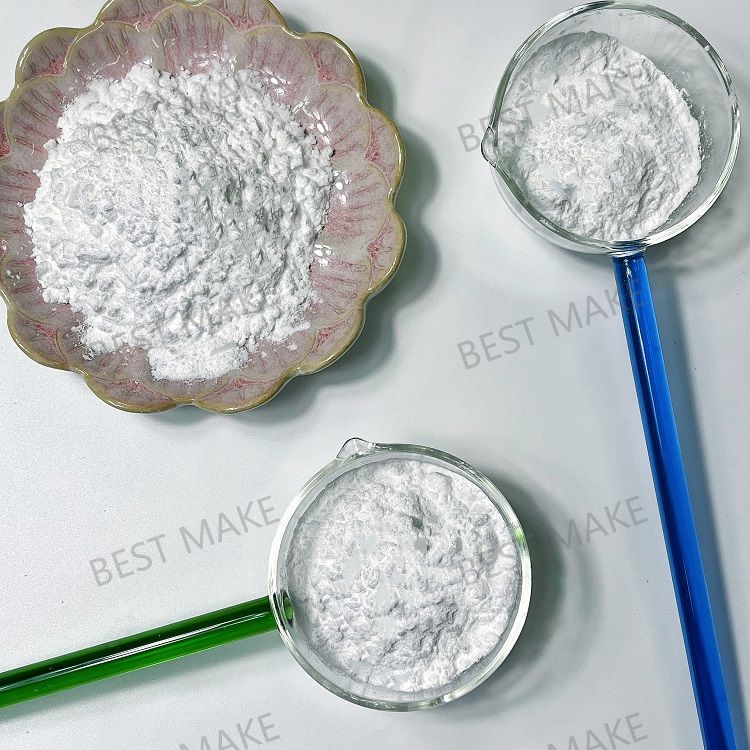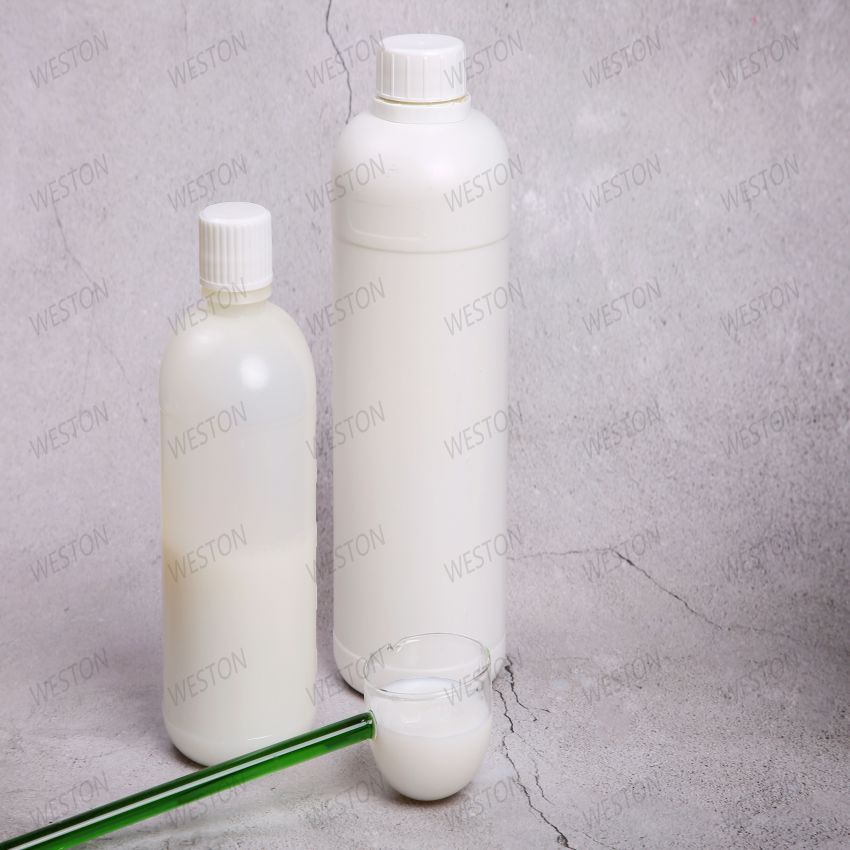-
Categories
-
Pharmaceutical Intermediates
-
Active Pharmaceutical Ingredients
-
Food Additives
- Industrial Coatings
- Agrochemicals
- Dyes and Pigments
- Surfactant
- Flavors and Fragrances
- Chemical Reagents
- Catalyst and Auxiliary
- Natural Products
- Inorganic Chemistry
-
Organic Chemistry
-
Biochemical Engineering
- Analytical Chemistry
- Cosmetic Ingredient
-
Pharmaceutical Intermediates
Promotion
ECHEMI Mall
Wholesale
Weekly Price
Exhibition
News
-
Trade Service
(1) Scope of application
This method is suitable for the determination of silver (Ag), aluminum (A1), barium (Ba), beryllium (Be), calcium (Ca), cadmium (Cd), cobalt ( Co), chromium (Cr), copper (Cu), iron (Fe), potassium (K), magnesium (Mg), manganese (Mn), sodium (Na), nickel (Ni), lead (Pb), strontium ( The mass concentration of Sr, titanium (Ti), vanadium (V), zinc (Zn), thallium (T1), and antimony (Sb)
When the amount of solid waste sample is 0.
Table 5-23 The detection limit and lower limit of the method
(2) Method principle
After the solid waste and solid waste leachate are digested by acid, they are atomized in the atomizer of the plasma emission spectrometer, and carried by the argon carrier gas into the plasma torch.
(3) Reagents and materials
(1) Deionized water: first-grade pure water
(2) Sulfuric acid , nitric acid , hydrochloric acid , hydrofluoric acid , perchloric acid , hydrogen peroxide, etc.
(3) Mixed standard stock solution, 1000ug/mL: Purchase mixed standard solution with standard substance certificate
(4) Mixed standard use solution, 100ug/mL: Pipette 10.
Table 5-24 Grouping situation of multi-element mixed standard solution
(2) Microwave digestion instrument: with program temperature control function, the maximum power range is 600~1500W
(3) Temperature control electric heating plate: control accuracy ±2.
(4) Analytical balance: accuracy ±0.
(5) PTFE crucible: 100mL, 50mL
(6) Sieve: non-metallic sieve, 100 mesh
(7) Commonly used instruments and equipment in general laboratories
(8) All conical flasks, volumetric flasks, pipettes and other glassware used in the experiment were soaked in 10% dilute nitric acid overnight, rinsed with deionized water, and dried
.
Related Links: Identification of Leaching Toxicity by Inductively Coupled Plasma Atomic Emission Spectrometry (4)







